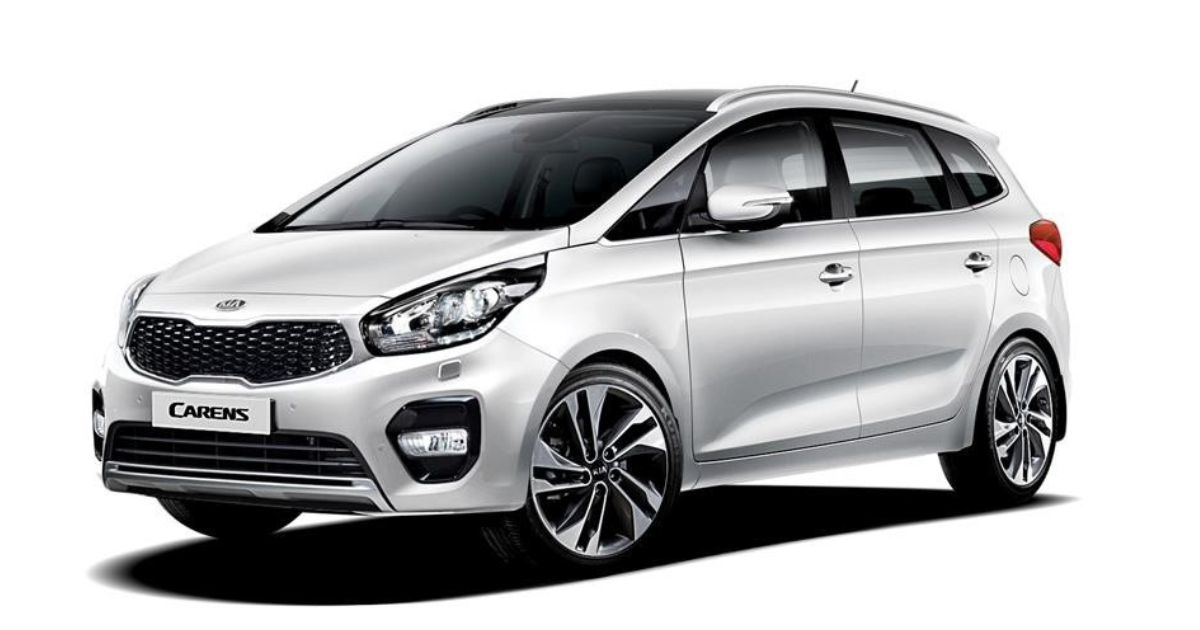
- Spectrum Digital
- 02/05/2025
Kia India has revealed that the Clavis is going to be the name of the facelifted Carens, which will come. Kia previously mentioned that the Carens updated variant will receive a new suffix on its name and be sold with the existing MPV simultaneously, along with a better premium positioning, like the way the Maruti has set up the XL6 and the Ertiga. Kia Clavis will arrive on May 8, 2025. Kia also confirmed the ‘Clavis’ name today with a teaser video
Kia Clavis will have new redesigned headlights and new connected taillights. New Clavis can be common with the Carens engine and gearbox offerings.
Kia Clavis exterior details: New three-pod headlights
A teaser video of the Clavis was posted today, revealing the MPV with a new face, thinner grille and restyled headlights, which appear in keeping with newer Kia models. While not much was shown in the video, we anticipate the Clavis to receive a new look for the dual-tone alloy wheels and the bumpers, along with connected tail-lights (seen in a pre-spyspot photo). The new Carens is the sole Kia India model without an ADAS suite, but the Clavis teaser displaying a collision warning on the digital display hints at the revised MPV gaining some degree of autonomous technology. Other than that, the Clavis top trim might also include a 360-degree camera system. Some tweaks to the dashboard, switches, toggles and buttons are expected too.
Kia Clavis powertrain options
May borrow Carens’ petrol and diesel engines
The new Clavis is said to be sharing its powertrains with the existing Kia Carens. These include three 1.5-litre engines: naturally-aspirated (NA) petrol (115hp, 144Nm), turbo-petrol (160hp, 253Nm) and diesel (116hp, 250Nm). The NA petrol motor is available with only a manual gearbox, while the turbo-petrol engine can be mated with either an iMT (clutchless manual) or DCT. On the other hand, the diesel engine comes with manual as well as torque converter automatics.
A Refined Exterior with a Distinct Identity
One of the most talked-about elements of the Clavis is its new three-pod headlight design. The vertically arranged LED headlamp units are striking and are expected to include projector lighting for enhanced visibility and styling. These lights are paired with sleek LED DRLs that double as turn indicators, aligning the Clavis with Kia’s latest design language, seen in global models like the EV9 and Carnival.
The teaser video reveals a thinner front grille, giving the Clavis a sharper, more modern look. The front and rear bumpers also appear to be re-sculpted, giving the MPV a sportier stance. The connected tail-lights, a first for the Carens lineup, stretch across the rear, enhancing width perception and road presence. A subtle spoiler with a high-mounted brake light and new dual-tone alloy wheels add to its contemporary charm.
Overall, the Clavis successfully builds on the Carens’ foundation but offers a more upmarket and SUV-inspired appeal.
Interior and Feature Upgrades
Although full interior details are still under wraps, sources suggest updates to the dashboard layout, including new toggle switches, buttons, and improved trim quality. The Clavis is expected to reflect a more premium cabin experience, catering to family buyers seeking a balance between utility and elegance.
Most notably, the Clavis is tipped to be the first Kia MPV in India to feature ADAS (Advanced Driver Assistance Systems). The teaser video hints at a collision warning system, implying features like forward collision alert, lane keep assist, and possibly blind spot monitoring. If implemented, this would significantly boost the safety quotient of Kia’s MPV lineup.
Additionally, a 360-degree camera system is likely to be offered on the higher trims, a big plus for urban maneuvering. These updates will put the Clavis in line with other premium MPVs and compact SUVs that offer advanced technology and driving aids.
The new Kia Clavis will continue to feature the tried and tested and flexible powertrain options that are currently available with the Kia Carens which will provide performance as well as fuel efficiency in a variety of driving conditions. The range begins with a 1.5-litre naturally aspirated petrol engine that churns out 115 horsepower and 144 Nm of torque , along with a 6-speed manual transmission.
